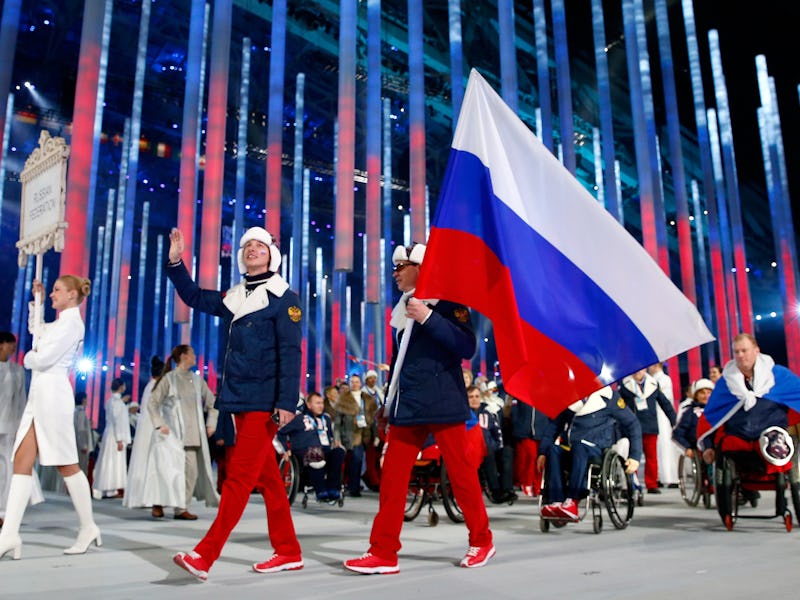The "Duchess Cocktail" Fueled Russian Athletes to Olympic Victory
More athletes could lose their medals.

The much anticipated McLaren Report, which summarized the results of an independent investigation into doping by Russian athletes in the 2012 London and 2014 Sochi Olympic games, dropped on Friday and it’s a doozy.
Commissioned by World Anti-Doping Association, it reveals an unprecedented level of manipulation of drug tests and implicated 1,000 athletes across a number of sports. The first part of the report, which was released in July, resulted in the ban of 118 athletes from the Rio 2016 Summer Olympics. It’s reasonable to believe the number of banned athletes is going to multiply in the wake of this second report.
“It was a cover-up”
“It was a cover-up that evolved from uncontrolled chaos to an institutionalized and disciplined medal-winning conspiracy,” the report’s author, Richard McLaren, told reporters on Friday.
The “Duchess” cocktail
While a large part of the cheating scandal was enabled by urine swapping and false reporting, the report also credited the success of the corruption to the introduction of a short-lasting cocktail of drugs titled “Duchess,” which aided athletes in avoiding detection during testing.
During the 2012 London games, the Russian Federation switched from its older doping program, which relied on drugs such as oral turinbol, to a shorter lasting “Duchess cocktail.” Three main steroids comprised the Duchess cocktail: oxandrolone, methenolone, and trenbolone.
Because the athletes absorbed the drug through swishing it in their cheeks, rather than injection, the window for detecting the drug was shortened.
As a result of the doping scandal, Russian track and field athletes were stripped of all the medal they won between 2009-2013 by the IAAF
Individually, both oxandrolone and methenolone are relatively mild steroids. Both enable the muscle to retain more nitrogen, speeding up anabolic processes. They also reduce fat gain and muscle loss. Trenbalone, on the other hand, is considered one of the strongest modern steroids and can result in severe liver damage. It was originally developed for use in factory farming.
Of course, the new drug cocktail wasn’t impervious to detection. Athletes who used Duchess still required regular urine swapping and falsification of their steroid profiles. As a reaction to the London scandal, the anti-doping association changed its requirements in 2014: Countries now have to regularly report the steroid profiles — or naturally occurring steroid composition unique to an individual’s body — of athletes.
The doping association began investigating allegations of state-sponsored doping by Russian athletes in 2014, after the German television channel ARD aired the documentary Top Secret Doping: How Russia makes its Winners:
A 2015 investigation resulted in the ban of the Russian track and field team from the Rio Olympics.
Now that the latest report has dropped, it will be up to the International Olympic Committee to decide if Russia will be banned from future Olympic Games. According to the International Association of Athletics Federations, over half of the athletes named in the report have already received sanctions or are under investigation.
While the McLaren report did not address the 2016 Games, there have already been a number of Russian athletes found guilty of doping. On Thursday Russian boxer Misha Aloian was stripped of his silver medal for failing drug testing.